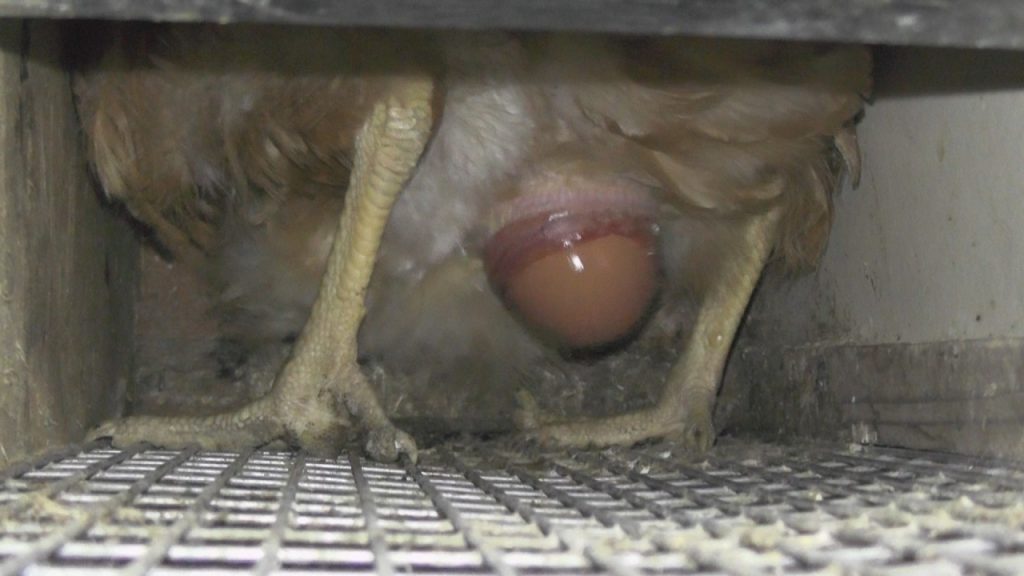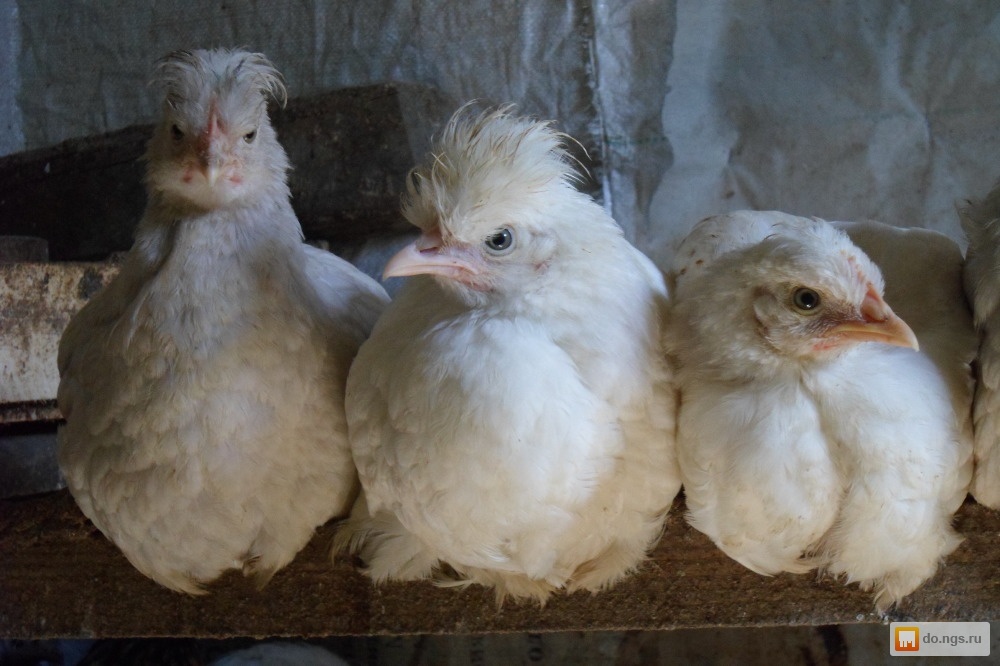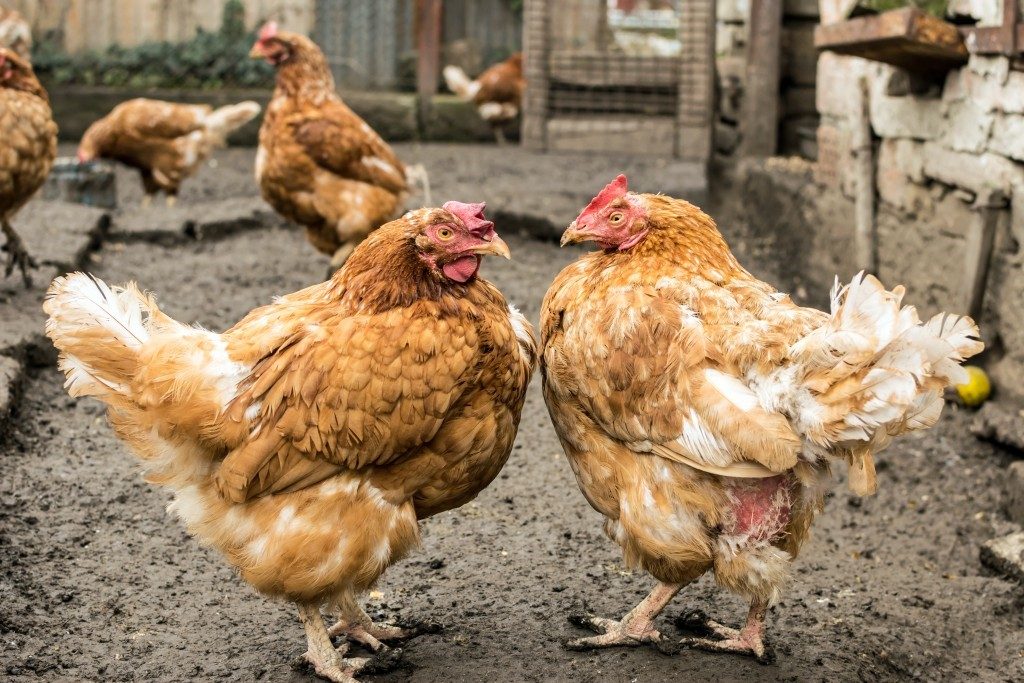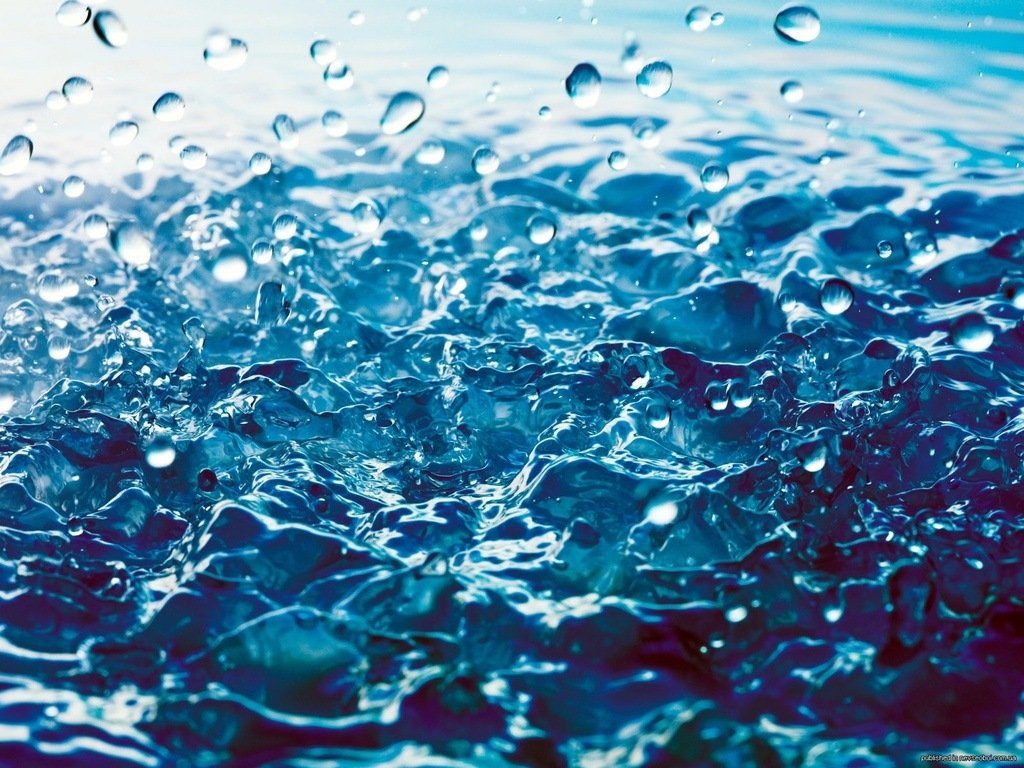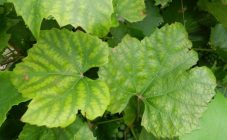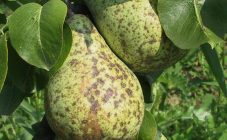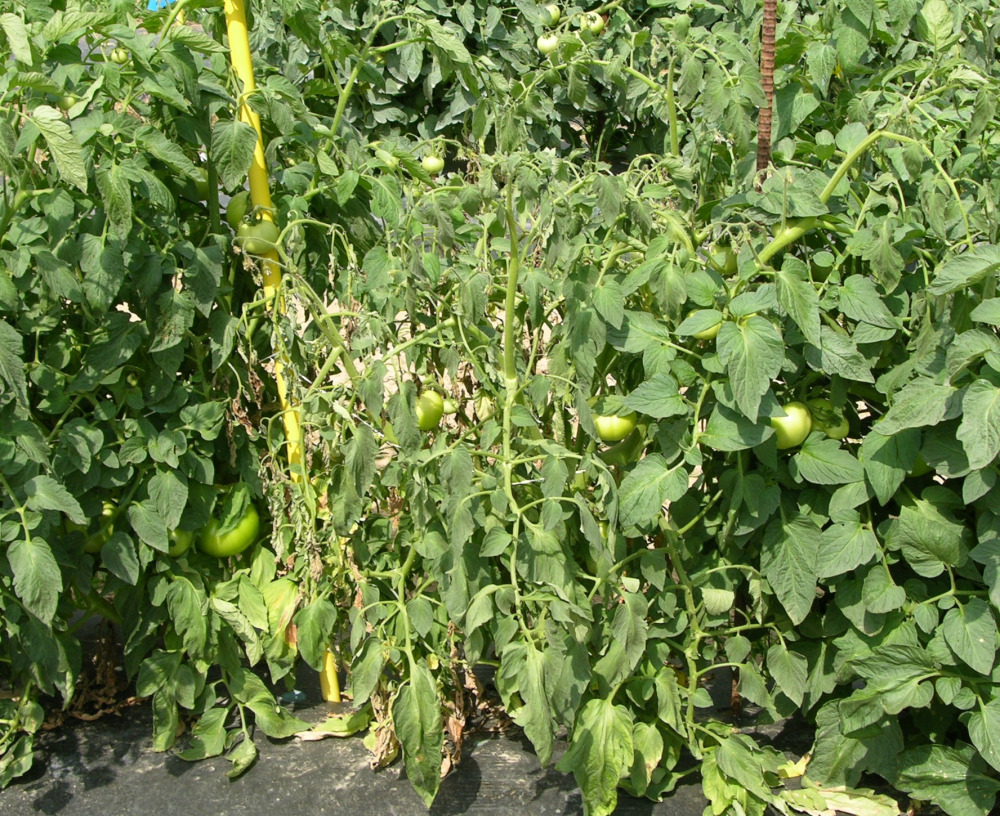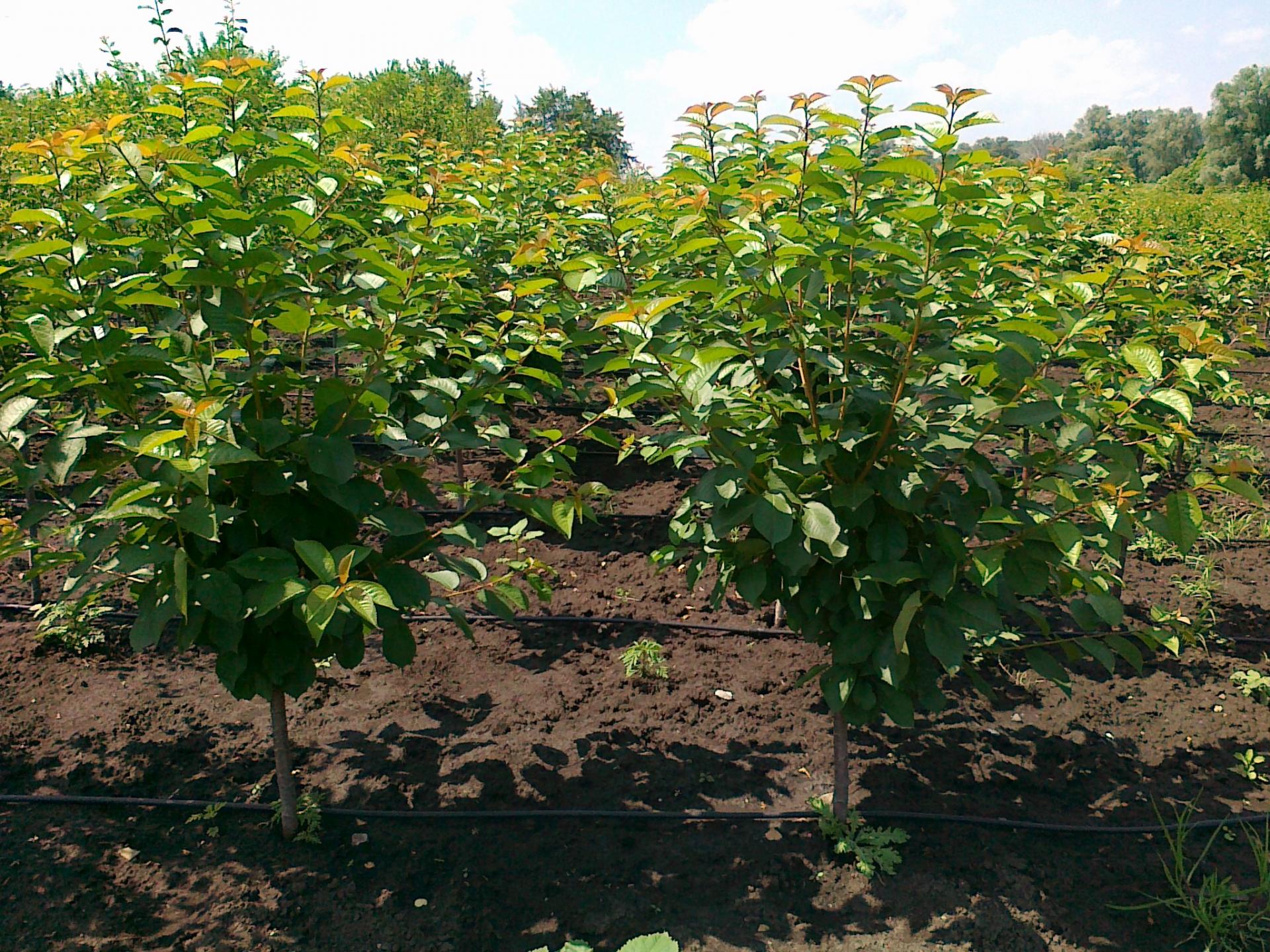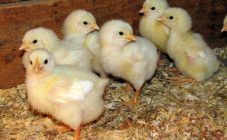Content:
Cloacite in chickens is a serious disease that is widespread and leads to the massive death of poultry. In order to notice it in time and protect your bird, you need to carefully study this issue and outline preventive measures for yourself that can prevent an outbreak of disease. It is always easier to prevent it than to cure it later.
If symptoms of the disease occur in at least one individual, urgent measures must be taken. Taking care of the cleanliness of the places where chickens are kept, proper nutrition, adherence to the norms of the area per head will help to avoid and prevent disease.
Disease symptoms
The symptomatology of the disease is initial and progressive, when the symptoms of the disease begin to be clearly evident. The disease can be asymptomatic for a long time and be invisible if you do not conduct constant visual examinations of the livestock.
Initial symptoms:
- decreased appetite and disturbances in the digestion of chickens;
- the chicken drinks a lot and often;
- loses interest in what is happening;
- indigestion, constipation;
- is losing weight, stool is liquid;
- the chicken is not firmly on its feet, it may fall when moving;
- loses a feather in the abdomen and anus.
Progressive symptoms of chicken cloacitis:
- the cloaca of the chicken turns outward;
- the chicken has a white liquid flowing from the cloaca;
- the skin around the cloaca becomes reddened and inflamed;
- swelling around the anus is clearly visible.
Painful changes also occur inside the chicken - the structure of the oviduct changes, the glands become inflamed and prevent the egg from leaving. The exit of the egg becomes impossible, it is squeezed into the abdominal cavity. Egg decomposition products accumulate, suppuration and the outflow of purulent residues do their dirty work. The bird dies from intoxication, poisoning of internal organs.
The infection develops in the intestines, the disorder is acute and requires the use of intestinal antibiotics.
Often novice chickens do not know the terminology and the description of this disease is reduced to phrases:
- The broiler has a rectal loss.
- My chicken got hemorrhoids.
- I noticed that the chicken has a dirty cloaca. What to do?
- Why do my broilers have rectal prolapse?
- Klacid in my chickens, something is hanging in the back.
That's all - the symptoms of progressive cloacitis and chickens need urgent treatment!
Cloacite in chickens and broilers, causes of the disease
Chickens of egg breeds suffer from cloaca prolapse, but the disease is also possible in broilers.
The reasons for these violations lie in: avitaminosis of poultry, lack of minerals and metabolic disorders, frequent constipation. For the normal functioning of the cloaca, vitamins A and E are necessary, a balanced diet that prevents constipation.
Sanitary conditions can also cause illness.Dirty litter, dampness, irregular cleaning and disinfection of the chicken coop lead to the development of pathogenic microflora that infects healthy livestock.
The disease is initially classified as a non-communicable disease, but in recent years there has been widespread evidence that industrial enterprises and chicken farmers are faced with a contagious form that spreads with lightning speed from one bird to another.
Cloacite-causing viruses
Poor quality feed leads to diarrhea in some individuals, the stool becomes yellow or brown, constipation occurs, causing an inflammatory course of the disease. Cracks, lesions and ulcers appear on the mucous membrane of the cloaca and rectum.
In the absence of treatment and overcrowding of the livestock, the disease progresses rapidly, taking on a purulent course and the affected areas are colonized by enterotropic viruses, staphylococci, which begin to be transmitted to healthy individuals through the litter.
Treatment of the disease
If a disease such as cloacitis is found in chickens, treatment should be started immediately. If there is white discharge from the cloaca in a chicken, the following must be done:
- Quarantine sick individuals.
- Clean and rinse the cloaca area with clean water with the addition of any disinfectant - manganese or furacilin.
- With inflammation of the cloaca in chickens, treatment begins with the topical application of iodine-containing drugs and antiseptics, such as Rivanol, Levomekol, Tetramycin, ASD-3 or zinc ointment. You can apply a solution of folk remedy mumiyo.
- Apply antibiotics of general action, such as Avidox or Dorin, or intestinal action of Amoxicillin. The dosage should be prescribed by a veterinarian or you can decide on your own according to the instructions attached to the drug, taking into account the weight of the bird.
- Perform immediate disinfection and cleaning with a disinfectant in all areas where poultry are kept.
- Adjust poultry feed, or replace them altogether, introduce vitamin and mineral complexes.
Disease prevention
The prevention of this disease is simple and understandable to every breeder, and compliance with it will eliminate a number of problems associated with the treatment and restoration of the livestock. Even a novice amateur may well carry out a set of measures aimed at preserving the health of their pets:
- Keeping rooms in which chickens and other birds are kept clean and tidy. Carrying out daily cleaning, adding fresh bedding, regular decontamination and disinfection in compliance with sanitary standards.
- Keeping nests and perches clean to avoid direct transmission of infection.
- Regular change of water for drinking chickens and daily rinsing of drinking bowls, to cleanse the contaminated water from sedimentation products.
- Balanced complete nutrition, it is better to purchase feed from trusted manufacturers.
- Cleanliness and cleaning of walking pastures, mowing grass in them as needed.
- Presence of rain canopies in exercise yards, so that during rainy periods the chicken does not carry dirt on its feet into the room.
- Compliance with the norms of the area per head in the chicken coop, avoiding crowding and crampedness in the room and on the walk.
- Compliance with standards for the size of feeders and drinkers, taking into account the number of birds.
- Daily visual inspection of the livestock, in order to identify individuals with disturbances in appearance and in a depressed state.
Only by observing all these measures can the bird be protected from the development of diseases and the transmission of infection to each other. And this is not only about cloacite in chickens. These preventive measures will prevent the occurrence of various kinds of diseases.
Proper nutrition and diet
The key to health and full-fledged efficiency of egg and meat products is, first of all, correct and balanced nutrition of chickens.Many amateurs prefer to compose food for their pets themselves, but then you need to know exactly what and how much to give to chickens.
The diet of chickens should include the following products and components:
- Cereals are the main food for birds. They supply the body with carbohydrates and amino acids, vitamins and vegetable protein, and replenish fiber reserves. These include whole and crushed wheat, barley, oats and other grains.
- Green fodder in summer, chopped herbs and tops from cultivated plants - carrots, beets, peas, sunflowers, etc. Replenish the supply of vitamins and fiber. In winter, they are replaced with hay screenings, birch and nettle brooms, and cereal seedlings.
- Mineral additives - shell, chalk, small rounded river gravel. Promote grinding and assimilation of food, ash and chalk replenish calcium and phosphorus reserves.
- Meat and bone meal, fish meal. Essential for increasing egg production and egg shell formation.
- Oilcake, legumes, leftovers from meat and fish production are applicable within reasonable limits, they are useful to the chicken body in small doses, when overfeeding, the bird will be obese, which, as a result, can again lead to cloacitis.
Success in treating this disease depends on the earliest possible diagnosis, so every day you need to examine the chickens and notice the behavior of individual individuals.
Clean, remove droppings in time, monitor the cleanliness of drinkers, feeders, perches and nests. Feed a balanced diet and do not overfeed to avoid obesity. Patients must be quarantined. Begin treatment immediately. It is advisable to have a veterinary first aid kit on hand.
The first signs of the disease should not lead to panic. Cloacite is quite well treated, and in the early stages it is practically not contagious. Even a novice farmer, with due attention, will notice the symptoms of the disease in time. Knowing the methods of treatment, the bird owner can easily cope with the outbreak and save his chicken coop.
